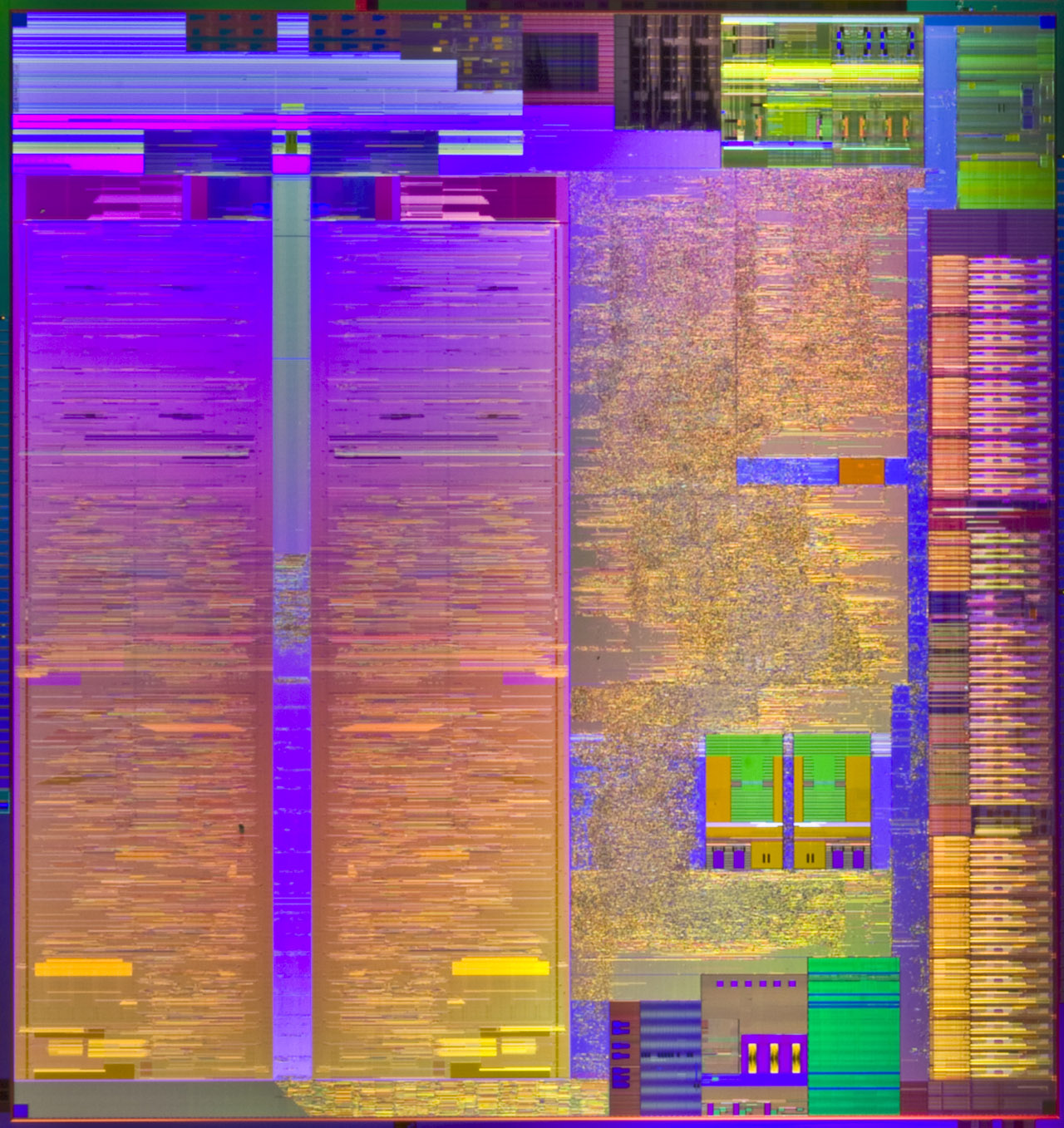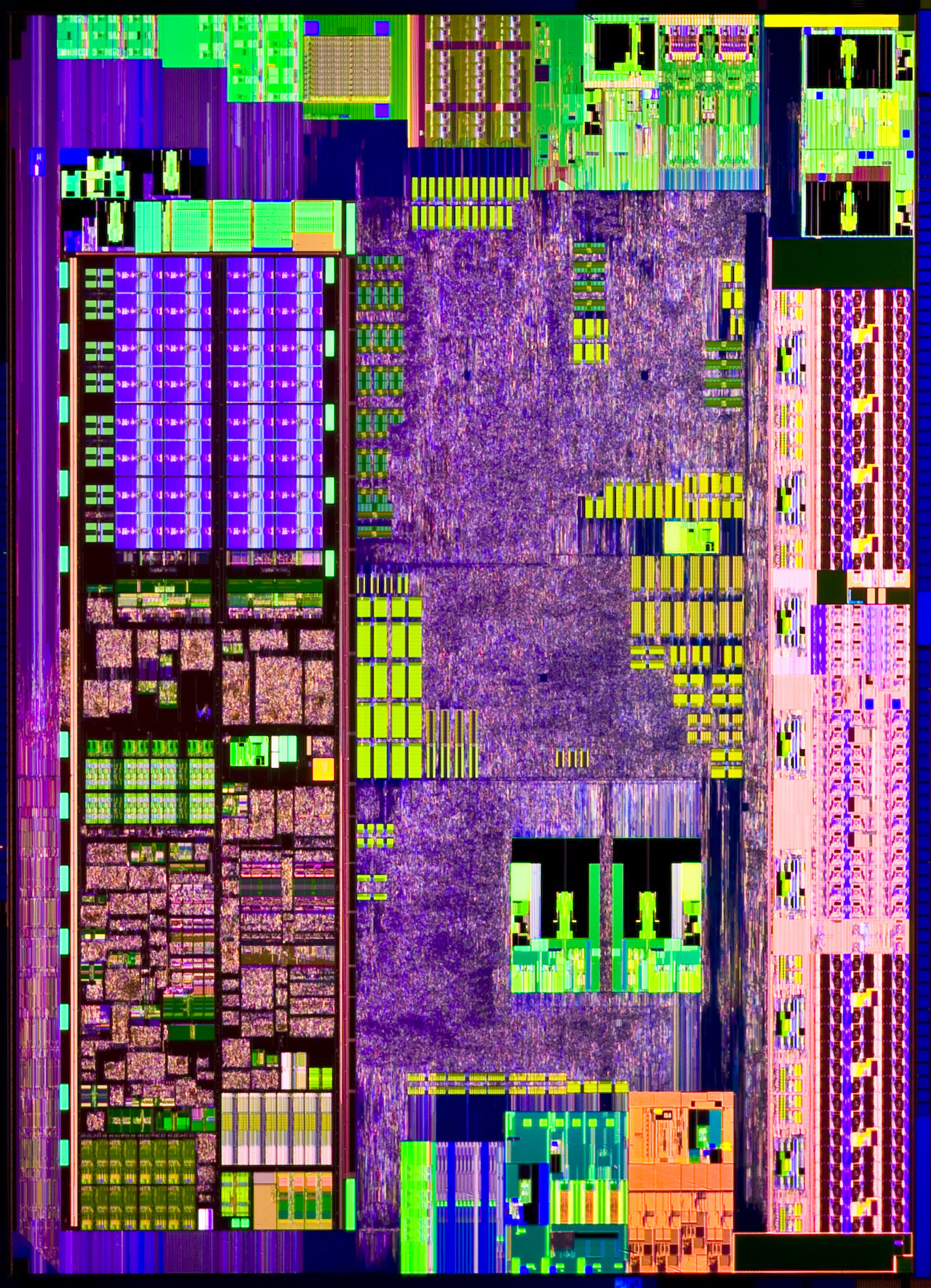Intel’s Atom D510 And NM10 Express: Down The Pine Trail With D510MO
Introduction
When I buy something new, I want it to be bigger, better, faster, and stronger than what I had before. That’s why the idea of small form factor boxes, while visually appealing, doesn’t usually work out well for me.
It wasn’t much of a surprise, then, when the first Intel Atom-based desktop platform landed in my lab and failed to impress. Shuttle’s X27 had the deck stacked against it though; I tried to get it running smoothly with Windows Vista, and that was an exercise in disappointment. I was a little more shocked when Nvidia launched its Ion chipset and I still couldn’t stomach the Atom-powered configuration as a daily driver, to borrow from automotive parlance. Perhaps the concept underlying Atom was completely lost on me. Maybe “good enough” performance in a diminutive package just wasn’t good enough in a world so used to embracing the fastest of everything.
Where the mobility-enabled platform does stand out as a decent little performer is in the netbook space. We recently included HP’s Mini 311 in our Holiday Gift Guide. I’ve been using the thing for a little over a month, and it’s remarkably responsive for such a small system. The Mini’s integrated Ion graphics are even quick enough for a little World of Warcraft.
Ion Gets Competition
But Intel is setting Ion up with a little competition. Today, the company launches its second-generation Atom-based platform called Pine Trail, which addresses some of the most stinging criticisms leveled at its Diamondville-based predecessors. Gone is the power-hungry 945GC chipset that punished Intel’s energy efficiency story when Atom first emerged. Moreover, integration is in vogue, as the memory controller and GPU migrate their way into the processor die. And the dual-core CPU no longer consists of two separate pieces of silicon on one package. The new Atom D510 is a monolithic chip.
Taken all together, this means we should be looking at a leaner, meaner Atom that’s better-suited to a desktop environment than the CPU/chipset combinations we’ve tested previously…at least, that’s the theory.
But Who’s This Really For?
Get Tom's Hardware's best news and in-depth reviews, straight to your inbox.
The true purpose of Pine Trail isn’t to wow power users with a penchant for environmentally-friendly technology. Rather, it’s to hit a market that is just coming online. According to figures cited from internetworldstats.com, there were 361 million people using the Web back in 2000. In 2009, that number had jumped to 1.66 billion—still only a quarter of the world’s population.
In the same vein, Intel claims (via research done by Morgan Stanley) that a broadband Internet connection is one of the least economically vulnerable luxuries we enjoy today. More people would rather give up cell phones and new clothes before they pulled the plug on their cable or DSL line. Think about that for a second. It's true, isn't it?
As netbooks and small form factor desktops continue to pick up steam, Intel says its new Atom designs are the engines driving the platforms that those extremely cost-sensitive customers will buy as they join the rest of us online.
Intel is actually debuting a handful of components today: two of what it considers desktop-class processors (the Atom D510 and D410), one netbook-class processor (the Atom N450), and a new chipset (NM10) that follows in the footsteps of such concepts as P55, shifting from Intel’s usual three-chip platform to a more elegant two-chip design already popular in some of Nvidia's chipsets. Today we’re looking at the D510MO motherboard—a mini-ITX platform with an Atom D510 soldered on.
-
It certainly is an improvement over the weak hearted Atom but I was expecting a bit more bang for the CPU's capabilities. Hopefully this will make Mini-ITX boards cheaper and more readily available for small servers and back up applications.Reply
-
scook9 My dad was looking at netbooks because he wanted something portable. What he ended up buying was the Dell Inspiron Mini 11z (not normally an inspiron fan). It has a Pentium Dual Core and the GM45 chipset (with HDMI output not VGA). This little 11" notebook gets over 6 hours of battery life and will run circles around either generation of atom processors and their chipsets/graphics. Yes the 11z did cost more than the other netbooks, but you got alot more for it, something to think about :)Reply -
matt87_50 wow, thats pretty terrible, one wonders how much better that new cpu integrated graphics is than the old chip set integrated? as basic as the ion system is, you can do anything with it, media center decoding HD, playing a couple of games, and as a file server, all with the lowest power consumption, this new one seems like its only good for the latter, and its only 3W less power.Reply
however, a file server / NAS alternative with the lowest possible power consumption is exactly what I'm after, so maybe its perfect for me, but I'd probably still go ION just because of the flexibility it offers in the future, should I get a new file server to replace it.
as for netbooks. If its a computer, I wanna be able to play games on it, and lets not forget about flash going 3D and hardware accelerated, I'd still go ION.
honestly, I wonder how they could make a GPU that crap in this day and age, the one in the iPhone and droid would be more powerful... -
little-ninja-man I just hop with this lower power usage we might see dual core atoms in netbooksReply -
liquidsnake718 I guess its not bad for beginners. I also have a netbook as my 3rd option.... I am rather enjoying the portability and functionality. As a HTCP or mini media center this sounds interesting for beginners that dont know how to build a PC... its almost plug and play..... this is a good option for them. I would prefer to get a mini-ITX board with at least a core 2 duo and build from there...... but then again, a PS2 is currently the king of this realm and you cannot compare as it has an HDMI, Great games, blu-ray, wifi, and everything one would need in this segment. Sorry the Cell is still far superior in this field!Reply -
tacoslave http://www.newegg.com/Product/Product.aspx?Item=N82E16813128342Reply
http://www.newegg.com/Product/Product.aspx?Item=N82E16819103706
quad core plus micro atx = amd win
-
djiezes Lack of HDMI, DVI or hardware accelerated decoding for MPEG4, x264 or h264 really does not make sense for a CPU/chipset that orients itself towards the desktop.Reply
Originally I thought this new chip might've made sense for htpc use. ION still beats it & ION2 is coming soon. An ordinary low powered desktop CPU for htpc use still makes more sense. AMDs Athlon X2 240E for example (45W) or maybe an Intel Pentium E3200 or alike. -
djiezes Lack of HDMI, DVI or hardware accelerated decoding for MPEG4, x264 or h264 really does not make sense for a CPU/chipset that orients itself towards the desktop.Reply
Originally I thought this new chip might've made sense for htpc use. ION still beats it & ION2 is coming soon. An ordinary low powered desktop CPU for htpc use still makes more sense. AMDs Athlon X2 240E for example (45W) or maybe an Intel Pentium E3200 or alike. -
yankeeDDL I have a question regarding the power efficiency. We see that in most tasks the Atoms are about 2X slower than the Pentium, and it seems to consume about 3~3,5X less under load.Reply
I wonder if a real/fair comparison of power consumption should be made differently.
For example: if I watch a DVD on an Atom I need, say, 100% CPU, while on a Pentium I will need only 50% of it.
So I will have the Atom burning power under full load vs 50% of the Pentium.
In other words: the Pentium is much more powerful, so it does not need to run full speed to do the same.
So, is there really an advantage in the Atom? Can you get the power/performance ratio of an Atom by simply underclocking a Pentium by few %?


